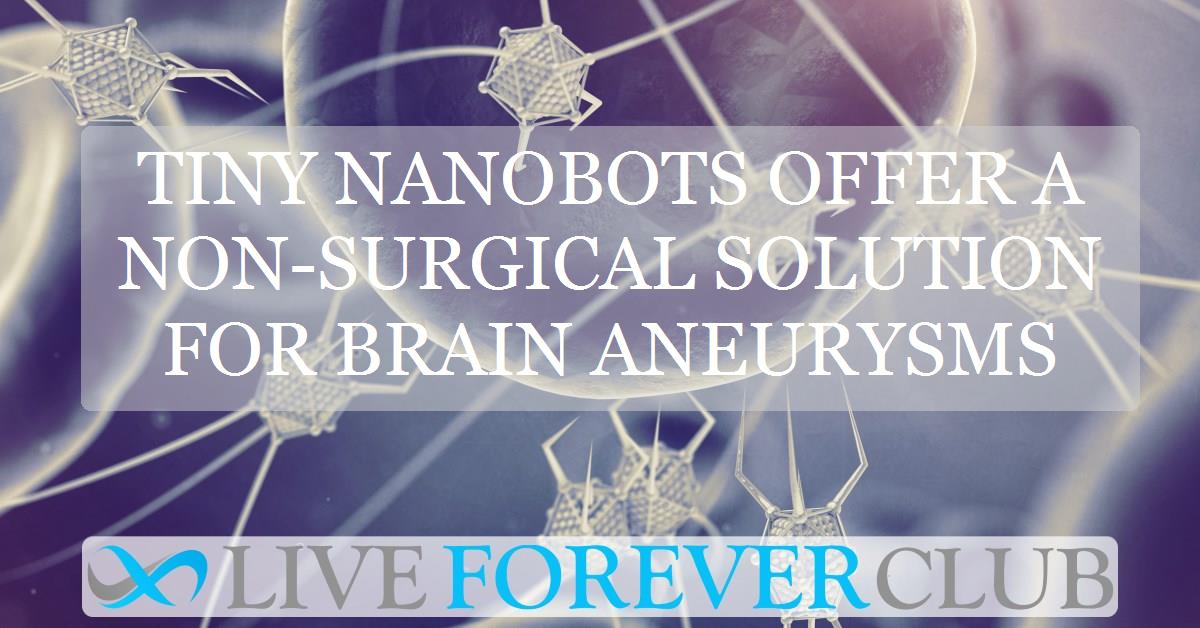Key points from article :
An international team of scientists has made significant strides in developing a non-surgical treatment for brain aneurysms using tiny magnetic nanobots. Each nanobot measures just 300 nanometers in diameter—about a twentieth the size of a human red blood cell—and is designed to deliver clotting medications directly to an aneurysm. In a study published in the journal Small, the researchers injected several hundred billion of these nanobots into a rabbit's artery, then used magnets and medical imaging technology to guide them to cluster within the aneurysm.
Once positioned, the nanobots were heated to their melting point, releasing a naturally occurring blood-clotting protein that can prevent or stop bleeding from the aneurysm. Dr. Qi Zhou, a research associate at the University of Edinburgh and co-leader of the study, emphasized that this innovative approach could revolutionize surgical procedures, reducing risks and allowing for targeted drug delivery in challenging areas of the body.
Aneurysms, which occur when a blood vessel bulges and can potentially rupture, are particularly problematic in the brain and often require invasive surgical techniques. The new nanobot technology offers hope for treating brain aneurysms more effectively, as around 30,000 cases of ruptured brain aneurysms occur annually in the US, with a high fatality rate. The researchers also believe that this technique could extend to other medical applications, such as breaking down blood clots that lead to strokes. While the technique has shown promise in animal trials, further development is needed before human trials can commence.







